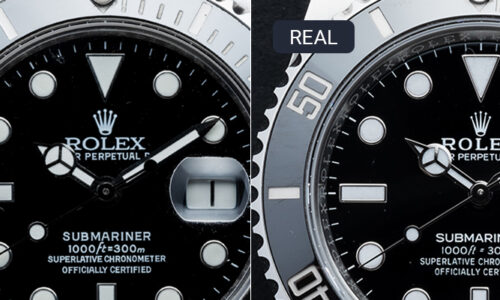Decoding Watch Movements: A Beginner’s Guide to the Beating Heart of Timepieces
Watches, those exquisite companions that adorn our wrists, are more than mere accessories. They are intricate marvels of engineering, and at the core of their functionality lies the heartbeat – the watch movement. For beginners entering the captivating world of horology, understanding watch movements is akin to deciphering a secret code. In this comprehensive guide, we will unravel the complexities of watch movements, providing insights into the three main types: mechanical, automatic, and quartz.
The Mechanical Ballet: Understanding Traditional Watchmaking
At the heart of classical watchmaking beats the mechanical movement. This intricate system relies on a mainspring – a coiled wire of metal – as its power source. When the mainspring is wound manually, it stores energy, gradually releasing it to power the watch. The escapement mechanism regulates this energy release, ensuring the gears move at a controlled rate. Mechanical watches require regular winding, typically on a daily basis, to maintain accurate timekeeping.
The allure of mechanical watches lies in their craftsmanship and the artistry involved in creating these intricate timekeeping instruments. Enthusiasts often appreciate the mesmerizing sight of a watch’s exposed movement through a transparent case back, showcasing the intricate gears, springs, and jewels that bring the timepiece to life.
Automatic Watches: The Self-Winding Revolution
For those seeking the charm of mechanical watches without the need for daily winding, automatic watches present an ingenious solution. The magic lies in a small, semi-circular weight, known as the rotor, which is connected to the movement. As the wearer moves their wrist, the rotor spins, winding the mainspring and storing energy. This eliminates the need for manual winding and ensures that the watch remains powered as long as it is worn regularly.
Automatic watches are appreciated not only for their convenience but also for the craftsmanship required to integrate a self-winding mechanism seamlessly into a timepiece. They offer a harmonious blend of traditional watchmaking and modern innovation, appealing to those who value both form and function.
Quartz Movements: Precision in Every Tick
In the world of watch movements, quartz stands as the epitome of precision and efficiency. Unlike their mechanical counterparts, quartz watches use a battery-powered quartz crystal to regulate timekeeping. When an electric current passes through the crystal, it vibrates at a precise frequency, creating a consistent and accurate pulse. This pulse is then converted into regular, measurable ticks, ensuring the watch’s accuracy.
Quartz watches are celebrated for their affordability, accuracy, and low maintenance requirements. They have become ubiquitous in everyday life, gracing the wrists of individuals who prioritize reliability and ease of use. While some watch enthusiasts may favor the traditional craftsmanship of mechanical watches, quartz movements have carved out their niche for those who prioritize functionality and practicality.
Choosing the Right Movement for You: Factors to Consider
As a beginner navigating the world of watches, selecting the right movement can be a daunting task. Several factors come into play when making this decision, each catering to different preferences and lifestyles.
- Lifestyle and Maintenance: Consider your daily routine and how much time you are willing to invest in maintaining your watch. Mechanical and automatic watches require regular winding or wearing to keep them running, while quartz watches are low-maintenance and can go for extended periods without attention.
- Appreciation for Craftsmanship: If you are drawn to the artistry and craftsmanship of traditional watchmaking, a mechanical or automatic movement might be the perfect fit. The intricate details visible through a transparent case back can be a source of fascination for those who appreciate the beauty within the timepiece.
- Budget Constraints: Your budget is a significant factor in the decision-making process. While mechanical and automatic watches often come with a higher price tag due to their craftsmanship, quartz watches provide an affordable entry point into the world of horology without compromising accuracy.
- Environmental Considerations: The environment in which you wear your watch can influence your choice of movement. For outdoor activities or sports, where regular movement is ensured, an automatic watch might be suitable. On the other hand, if your watch is likely to spend more time on a dresser than on your wrist, a quartz movement could be a practical choice.
Conclusion: Navigating the Watch Movement Landscape
In the world of watches, each movement type carries its own charm, history, and allure. Decoding watch movements is not just about understanding the technicalities but also about connecting with the soul of timekeeping. As a beginner, consider exploring different types of watches to experience firsthand the distinct qualities and characteristics that make each movement unique.
At Watch Economist, we believe that selecting a watch is a personal journey, and understanding the intricacies of watch movements is a crucial step in making an informed decision. Whether you find yourself drawn to the traditional craftsmanship of mechanical watches, the convenience of automatic movements, or the precision of quartz technology, let your choice be a reflection of your style, preferences, and the story you wish to tell through your timepiece. Happy exploring!


